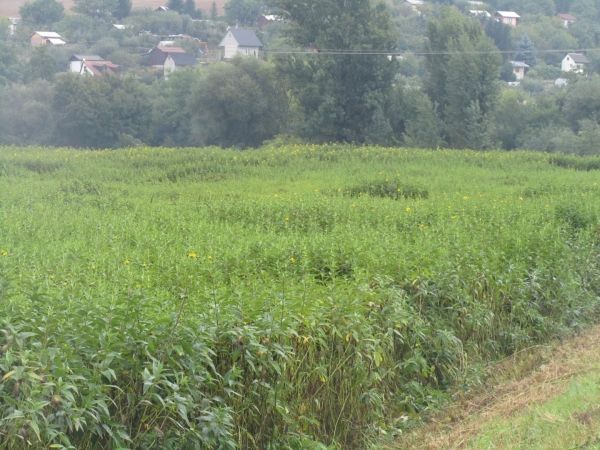New University of British Columbia research finds that the success of weedy and invasive plants like the Jerusalem artichoke lies in their genes.
The tasty tubers, or root vegetables, of the Jerusalem artichoke may make for a nice side dish, but the plant is considered a major invasive species in Europe. Understanding how invasive plants evolve and the genetic underpinnings that enable them to thrive in a new environment is key to better understanding why they are wreaking havoc on natural landscapes and food production around the world.
“The production of a large number of tubers is a major driver of invasion success in Jerusalem artichoke,” said Dan Bock, lead author of the study who completed this work as part of his PhD in botany at UBC. “Moreover, we can see that this trait evolved multiple, independent times in invasive populations.”
The plant, a member of the sunflower family, is native to central and eastern North America and was introduced to Europe in the early 17th century, where it was cultivated for food. Once potatoes became the more desired crop, the Jerusalem artichoke was left to its own devices and spread, pushing out native plants especially in water-rich ecosystems along rivers. It is now one of the most common invasive species in Europe.
Read more at University of British Columbia
Image: Invasive Jerusalem artichoke in Slovakia. (Credit: Dan Bock)


